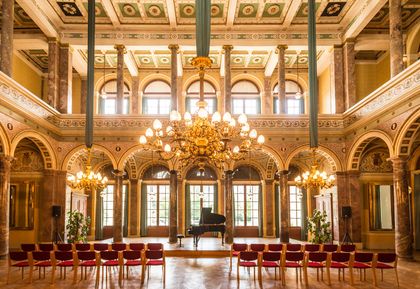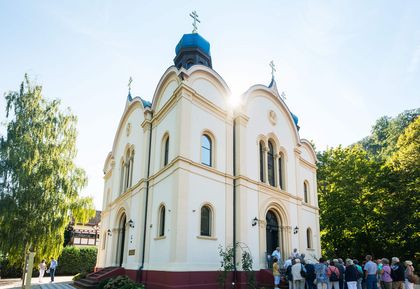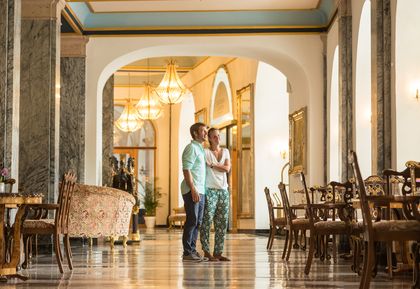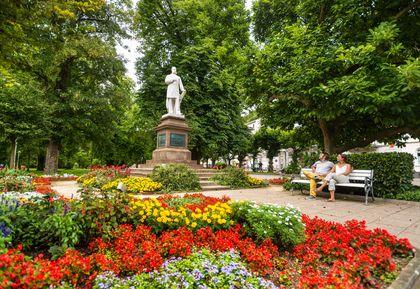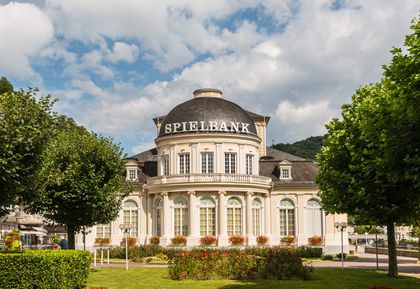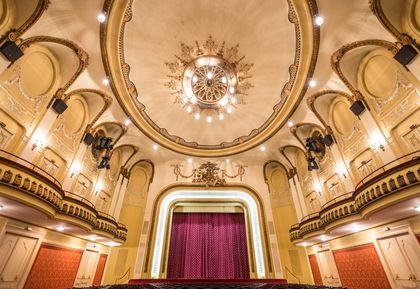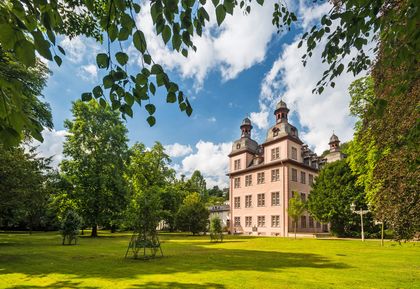On 24 July 2021, UNESCO decided to recognise Bad Ems as part of the "Great Spa Towns of Europe" World Heritage Site. The spa town on the Lahn has thus received the highest international distinction that can be bestowed on a cultural site. It certifies that Bad Ems has an outstanding cultural heritage, the preservation of which is in the interest of all mankind.
The recognition as a World Heritage Site was given as part of the "Great Spa Towns of Europe". This is because Bad Ems received this distinction together with ten other of Europe's most important spas, including, for example, Karlsbad (Czech Republic), Vichy (France), Spa (Belgium) or Bath (England). Here you can experience at every turn how people once spent their spa days and holidays in Europe.

